Media coverage shouldn’t be the only yardstick to assess PR impact: Manali Pilankar
In the last 10 years, PR has taken a different dimension, especially after the entry of social media and the rapid shift to digital, especially in the pandemic period. At the same time the industry has been facing stiff challenges, moreover client expectations have also increased, with more emphasis being given to digital and online reputation management. The industry has undergone a radical shift and the current times have pushed the industry to change gears.
In conversation with Adgully, Manali Pilankar, Vice President - Corporate Communications, JM Financial, talks about the changes in the corporate communication space in past few years, challenges faced while working with clients, role of PR in CSR, and more.
How have you seen the corporate communications space in the last few years?
One of the noteworthy transitions is that the corporate communications narrative has become more inclusive and holistic. Corporates have adopted a balanced approach factoring in all the key elements such as employee communication, brand and leadership communication, reputation management, etc., to develop a favourable identity and image to create a lasting impact. As the strategic vision and functional arc of a corporate are in the process of constant evolution, corporate communication professionals now develop a strong brand storytelling with an integrated dissemination framework to align all the key stakeholders with the transformations. In addition, the multidisciplinary operational dynamics have made cross-functional collaboration a new-normal. Authentic communication by brands and its leaders, a digital first approach and the growing adoption of data visualisation are some of the changes that enhance messaging impact and coverage outcomes.
What are some of the challenges that you face when you are working with your PR clients/ partners?
Well, a client-agency relationship is made of various tangible and intangible elements. Having said that, to make the relationship work, grow and remain mutually beneficial, we need collective efforts involving multidisciplinary team members. So, there are no challenges per se. But, in a multi-layered association, there are a few areas which need a more intrinsic engagement from the PR partners need to ensure better outcomes. The framework of such engagement can be built by developing better understanding of products and product strategies, keeping up with media outreach, integrating social media listening and mapping traditional media channels to drive consistent brand storytelling and engagement as well as setting up processes that make it easy to for both to come together to work collaboratively as an integrated team.
It is said that PR in India still works on strong media relations. What’s your view on it, and don’t you think we now need to think beyond media relations with more focus on strategic thinking?
Quality media coverages impacting the media narrative driven by positive news pegs continues to be an integral part of the PR. However, media coverage shouldn’t be treated as a yardstick to assess the PR impact. PR encompasses numerous strategies and processes, one of it being media relations. To make a lasting impact, one needs to have a truly in-depth approach. Deep diving into the media consumption habits of the target audience as well as analysing the data analytics always pays off when it comes to leveraging the right media vehicles – be it newspapers, online portals, podcasts, owned media, etc.
What are your key learnings from your experience of handling PR in the financial services domain?
I think PR in general has a bigger role to play while driving demand and awareness for a product or service both at the business and consumer level. The rule applies to the financial services domain as well. It is not entirely about publicising the launch of IPOs, bonds or announcements PR needs to build awareness on those instruments among the potential leaders. Apart from positioning the launch news in the media, a skillful PR professional leverages her/his in-depth understanding and contacts in the media to develop an effective thought-leadership narrative, which revolves around objective analysis of those financial instruments while abiding by the required regulatory compliances. Developing category leadership is critical to command visibility and acceptability. In addition, as the market scenario is always evolving, identifying the right time for going to the market with the intended message is a challenge which one has to live with. It also means, we have to be flexible and learn to adapt to situations as they unfold. Moreover, reputation management in this era of digital media needs to be extremely agile so that situations remain under control.
What is the role of PR in CSR according to you?
With environmental, social and governance (ESG) influencing corporate decision-making and investors increasingly demanding a robust ESG proposition, organisations now shoulder a greater commitment to engage with social and environmental issues. That’s where the significance of effective CSR communication lies. Going beyond the responsibility of disseminating information through various communication channels on a range of CSR initiatives undertaken by a particular corporate, a PR professional must adopt a strategic approach so that such social engagements resonate well with both internal and external stakeholders. Companies which are able to communicate consistently and transparently are valued and respected. PR has a crucial role to play to build and strengthen the image of a corporate as a social value creator.



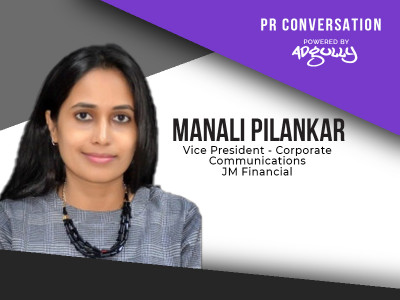
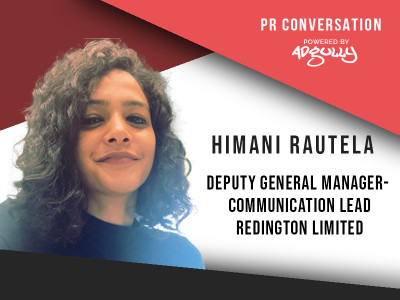
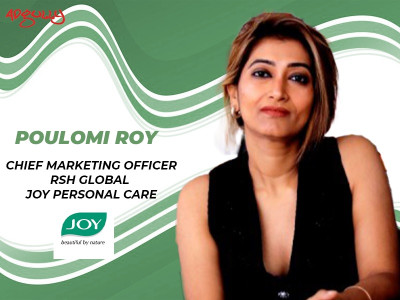




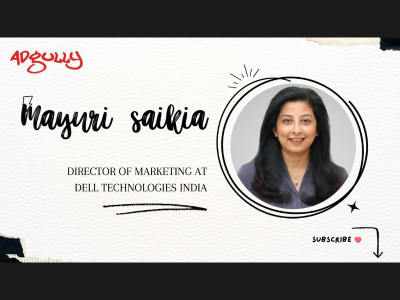
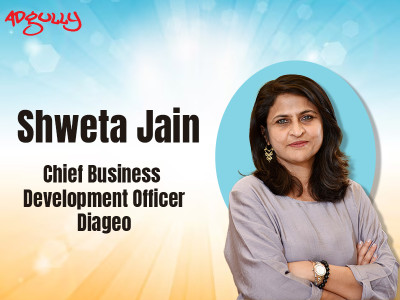
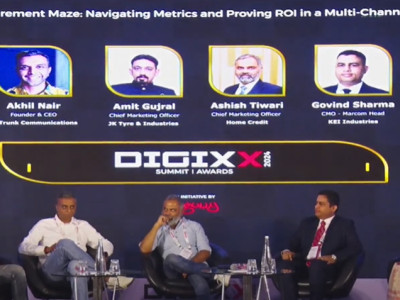





Share
Facebook
YouTube
Tweet
Twitter
LinkedIn